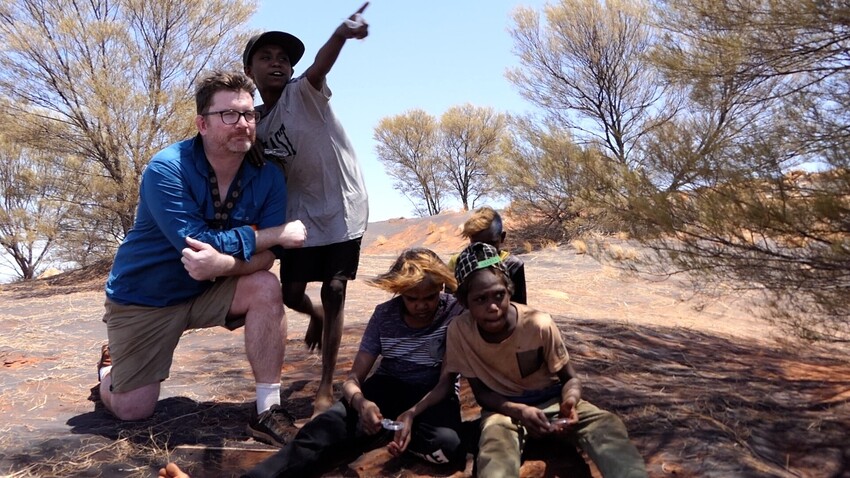
Racial Equity In Education: Fair Assessment For All Learners
Racial Equity 2030: The W. K. Kellogg Foundation is calling for ‘bold solutions to drive an equitable future’. BPEA is spearheading a joint application from BPL USA, and BP Kenya, to tackle racial inequity in educational assessment, with our new international credential.
The Problem
Big Picture Education Australia’s new secondary education credential known as the ‘International Big Picture Learning Credential’ (IBPLC) is a solution to the problem of culturally-biased standardised assessment systems that have long failed to address the racial inequity embedded in educational systems, or to recognise the capacities and activate the potential of diverse populations.
This impacts most negatively on the poorest and most marginalised young people in society; so in Australia it is felt most heavily among the Aboriginal and Torres Strait Islander populations, in New Zealand by Maori and Pacific Islanders, in the USA amongst Native/Indigenous, African-American and Latino communities, and in Kenya within the informal settlements surrounding cities.
Immeasurable potential and talent are overlooked or lost because prevailing assessment regimes exclude certain students from accessing desirable employment, training and educational opportunities.
The Solution
In response to this injustice, Big Picture Education Australia, in collaboration with the University of Melbourne’s Assessment Research Centre, piloted the break-through IBPLC - now recognised by 18 Australian universities. Our plan is to scale the IBPLC across Australia while testing and then implementing it in New Zealand, Kenya and the USA.
How does the credential work?
The IBPLC is designed by teachers, driven by students and recognised by universities and employers. Assessment is based on observation and demonstrations of what students, know, can do, believe and have experienced over time, rather than upon narrow academic or culturally-bound assessments.
For example, for indigenous communities, traditional cultural knowledge is valued alongside Western-style canons of knowledge.
The idea is to lift all up, rather than to operate on a deficit model. Students are not compared against others, nor do they sit summative exams where their capacities are reduced to a numerical score or rank. Instead, their distinctive bodies of knowledge, qualities and achievements are captured and visualised in a framework known as a Learner Profile.
The Learner Profile is a rich, highly personalised digital transcript.
Students are enabled to put forth multimedia samples of their work, qualifications, personal statements and references, alongside their academic results.
Academic results are drawn from psychometrically validated assessment tools that evaluate performance-based, standards-referenced authentic tasks performed on multiple occasions. Results are expressed as levels of developmental progression from 1 to 5.
Early evidence from the piloting of the new credential in Australia shows that end-readers of Learner Profiles in tertiary institutions, industry and the wider community are pleasantly surprised and enthused by the rich, meaningful insights into the candidates before them.
The innovation of the IBPLC is in the way that societies and economies alike will be enriched by the participation and elevation of talented young people from diverse populations, while achieving the social justice goal of growing the access to numerous pathways for secondary school graduates around the globe.
